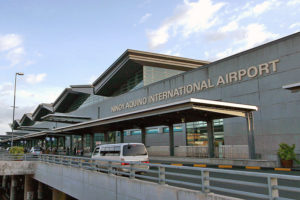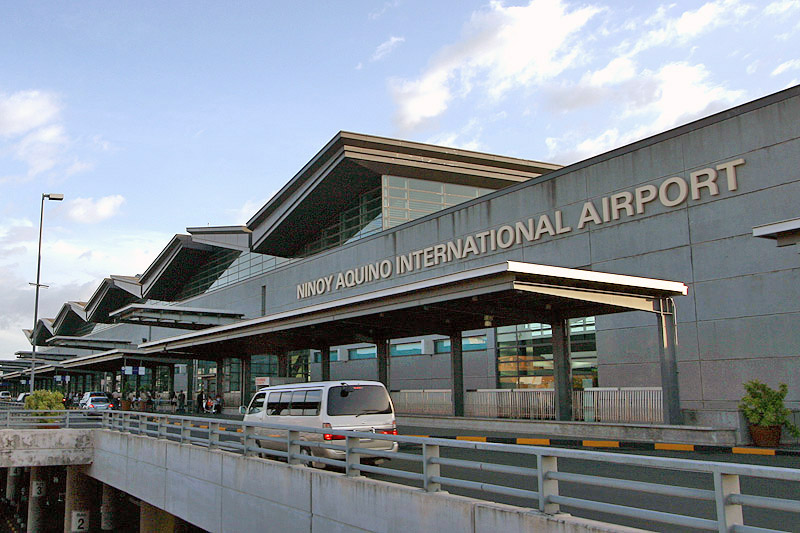
The Department of Transportation (DOTr) is asking the consortium of Megawide Construction Corp. and India’s GMR Infrastructure Ltd. to comply with pending requirements under the Build-Operate-Transfer (BOT) Law before the Ninoy Aquino International Airport (NAIA) rehabilitation project can proceed.
Outstanding issues were noted by the National Economic and Development Authority-Investment Coordination Committee (NEDA-ICC), according to Transportation undersecretary for planning and project development Ruben Reinoso in an online press briefing on August 20.
The issues center on financial capacity and joint and solidary liability agreement of a consortium, he added.
A meeting with the proponent will be held next week to discuss pending issues, said Manila International Airport Authority assistant general manager for operations Elenita Fernando during the same briefing.
Last July the consortium of Megawide and GMR was granted original proponent status for the development of NAIA after government terminated negotiations with the NAIA Consortium, which had originally proposed to rehabilitate the country’s main gateway.
READ: Megawide, GMR tandem gets original proponent status to develop NAIA
Talks with NAIA Consortium ended after it sought to revise project terms due to difficulty obtaining financing under conditions approved by the NEDA-ICC and NEDA Board.
Megawide and GMR had submitted in 2018 an unsolicited proposal to decongest and rehabilitate NAIA for an estimated project cost of US$3 billion (about P156 billion).
The proposal—with a concession term of 18 years—includes investment in all airside, terminal, and landside improvements. It is divided into three main phases: Phase 1a (year 1-2), Phase 1b (year 3-4), and Phase 1c (year 5-6).
Phase 1a includes improving NAIA’s airside capacity and implementing terminal improvements, while Phase 1b is “taking NAIA to world-class efficiency standards by introducing key performance measures.” Phase 1c involves building future capacity.
If the proposal is approved, the consortium said it will, after takeover, enhance capacity of airside infrastructure by constructing full-length parallel taxiways for both runways; construct additional rapid-exit taxiways for the primary runway; extend the secondary runway; and provide maximum number of aircraft stands.
GMR-Megawide said these solutions will increase airfield capacity to 950 to 1,000 aircraft movements a day, a 30% to 35% increase from about 730 aircraft movements daily at present.
For peak hours, the consortium will increase NAIA’s peak-hour aircraft-handling capacity by 50%, or from 40 airplanes to 60.
Within 24 months of taking over operations, the consortium will also rehabilitate and expand the existing terminals to double the space to over 700,000 square meters of terminal area.
Once completed, both airside facilities and terminals will be able to handle a total annual throughput of 72 million passengers.
During the 18-year concession period, the consortium proposes to pay the government annual concession fees, which entails a revenue share with a guaranteed minimum revenue component. In compliance with the BOT Law, the proposal does not entail any subsidy, equity, or guarantee from the government or any concerned entity such as DOTr.
At the end of concession term, all assets will be handed over to the government absolutely free of cost, the consortium further proposes.
The tandem of Megawide-GMR, through GMR-Megawide Cebu Airport Corp, in 2014 won a 25-year concession to manage and develop Mactan-Cebu International Airport. The tandem in 2017 also won the contract to engineer, procure, and construct the Clark International Airport expansion project.





